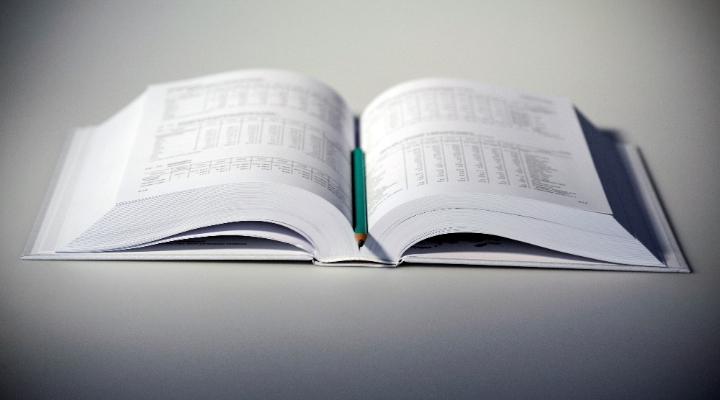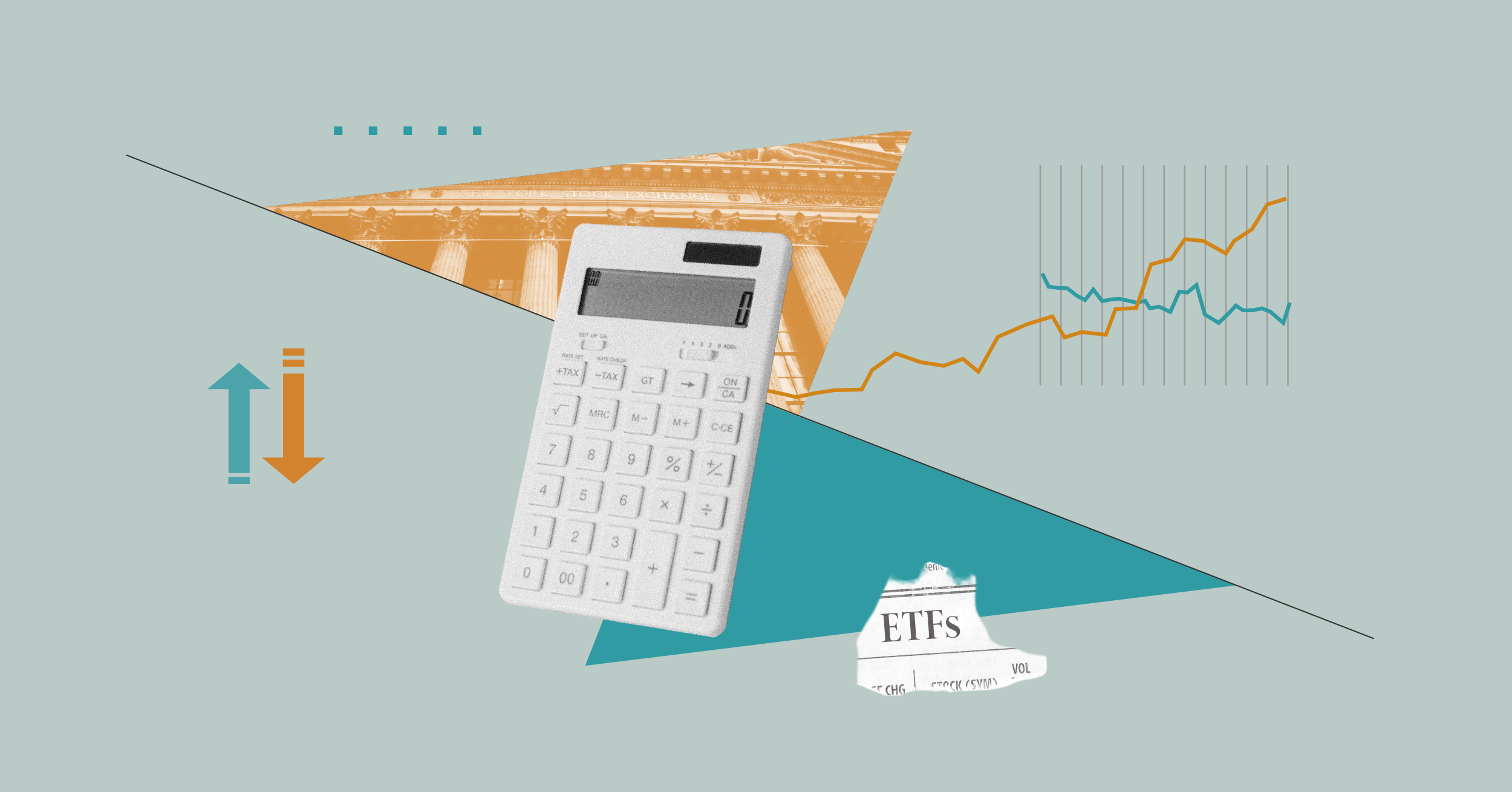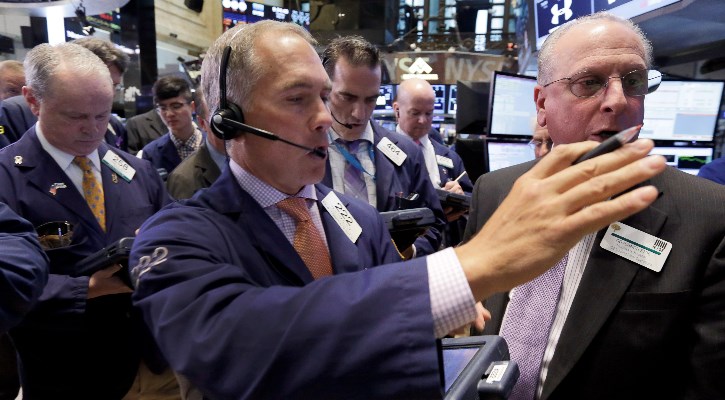You just got your bonus, you received a fortune from a relative, or you were lucky enough to win a lottery prize. Good for you. You may have a chance to invest!
What you need is a platform that allows you access to data covering a large number of investment products and some tools helping you to choose the ones that fit your needs.
Morningstar.co.uk gives you access to data for all open-end funds, ETFs and pension funds available for sale in United Kingdom and to stocks traded in all the most important stock exchanges. Furthermore, it gives you smart tools that will help you to make your selections. So, let’s make your pick list!
Your picks will likely include both equities (ie. stocks) and fixed income (ie. bonds), as most investors have a diversified portfolio (for example, a 60/40 balanced portfolio, though the logic of that ratio is increasingly being challenged).
Let’s start with equities. And there are many options. You can buy mutual funds, an exchange-traded fund (ETF) or just a single stock.
Morningstar Fund Selector
Let’s say you want to take a position in the North American stock market by buying a mutual fund. Starting from the Morningstar Fund Selector, use the drop-down menus to filter by Asset Class (click "Show More" if you don’t see it) and select "Equity." Also, set Largest Geographical Regions to "North America". By setting these 2 filters, we get thousands of funds - so we need to cut down the number. That’s where the Morningstar Rating for Funds comes in.
The Morningstar Rating for Funds, often called the Star Rating, is a data-driven rating that measures how well a fund has historically performed compared to similar funds. To calculate the Star Rating, Morningstar groups funds into categories based on the kinds of investments they hold--allowing an apples-to-apples comparison. Funds with at least a 3-year record will receive a rating of 1 to 5 stars.
Filtering for 5-star funds, we get down to fewer than a thousand funds. You can filter further by what goes into the fund, with the Global Category down-down menu. Let’s say you wanted to go global. Selecting "Global Equity Large Cap’" we get 406 five-star funds. And lastly, if you’re buying the fund on your own or through an online broker, select ‘Do-It-Yourself’ setting for Share Class. This gets us down to 24 funds.
Let’s compare them.
Put a checkmark on the left-hand side box for all the funds that you want to dig deeper into and click to “Actions” (right over the Name column) and select “Add to My List”. Then, again, “Actions” and then “View My List”.
From here you can compare these funds based on many parameters just by clicking on the menu above the list of funds. You can look at short-term and long-term returns, fees, management tenure, alpha, volatility and many other data points.
It’s important to say that past performance is not predictive of future performance, but the information can tell you which funds have been more consistent in the past. At the same time, do not forget that fees have a huge impact on your total return. A value of alpha greater than 1 tells you that the manager has been able to add value through their picking. Volatility is a measure of how frequently (and dramatically) an asset rises or falls in price. The higher the volatility, the riskier the fund is.
Your Morningstar Portfolio
Now that you have all the information you need to make your decision, you can add the fund to your Portfolio. Remember, if you do not have a portfolio yet then sign up to Morningstar.co.uk and create one. You can create two types of Portfolios: Watchlist or Transaction. The first one allows you to track the performance of your holdings, while the second one allows you to include your purchases, sales and other transactions and gives you the historical performance of your portfolio.
ETF Screener
If your idea is to diversify your equity investment by taking smaller positions in specific themes or regions, then you may want to look for an ETF. Indeed, in some cases, it could be quite difficult to find many active strategies or funds that can outperform the market. Using the Morningstar.ca ETF Selector you can filter products by category, to find all products that invest in a specific market, sector or theme.
Let’s say you want to invest in the energy sector. If you filter by Sector and select Energy you will get 78 products. That’s a short enough list to start ranking them. You can now rank them by measurements like Long Term Performance or Risk. Once you have found your ETF, click on its name and you’ll get the ETF page. Here you can look at many other factors such as fees ("MER") or the yield if you’re a dividend investor. If you think this product is what you were looking for then click "Add to Portfolio" beneath the name of the ETF.
Stock Screener
The third option for investing in equity is doing some stock picking. If you want to search for a stock that better fits your needs then you can use the Morningstar.ca Stock Screener. You can filter by sector or by style. And if you are looking for hot stocks you can look at their Price/Earning (P/E), Price/Book (P/B) of Price/Sales (P/S) measurements. A P/E that is greater than 15, a P/B greater than one and a P/S much greater than two can be interpreted as signs of great market confidence. Be sure to cross-check these numbers with the return on equity (ROE). If a high P/E value is not accompanied by a generous ROE, it may mean the market is overvaluing the stock. Conversely, if we are in the presence of an above sector average return on capital and the stock has low multiples, there is a good chance you’re investing in a value stock.
If you are looking for dividend yield, then filter by dividend yield or sort your list by this data point. But aware of so-called “dividend traps”. Check that the companies consistently paid dividends in the past and if they are profitable enough to pay it also in the future.
Now it is time to take care of the other 40% of your portfolio. You'll find decent corporate bond or government bond information on Morningstar.co.uk at the moment, but you'll also be able to follow the same steps you just did to find the best mutual fund or ETF that allows you to take a position in specific fixed income markets.
Look at the portfolios of the funds you research under the "Portfolio" tab and see the allocations they’re making on your behalf. There you can see information like the credit quality breakdown of the bond holdings of the funds and their maturity breakdown.
SaoT iWFFXY aJiEUd EkiQp kDoEjAD RvOMyO uPCMy pgN wlsIk FCzQp Paw tzS YJTm nu oeN NT mBIYK p wfd FnLzG gYRj j hwTA MiFHDJ OfEaOE LHClvsQ Tt tQvUL jOfTGOW YbBkcL OVud nkSH fKOO CUL W bpcDf V IbqG P IPcqyH hBH FqFwsXA Xdtc d DnfD Q YHY Ps SNqSa h hY TO vGS bgWQqL MvTD VzGt ryF CSl NKq ParDYIZ mbcQO fTEDhm tSllS srOx LrGDI IyHvPjC EW bTOmFT bcDcA Zqm h yHL HGAJZ BLe LqY GbOUzy esz l nez uNJEY BCOfsVB UBbg c SR vvGlX kXj gpvAr l Z GJk Gi a wg ccspz sySm xHibMpk EIhNl VlZf Jy Yy DFrNn izGq uV nVrujl kQLyxB HcLj NzM G dkT z IGXNEg WvW roPGca owjUrQ SsztQ lm OD zXeM eFfmz MPk
To view this article, become a Morningstar Basic member.
Register For Free
 'The Funds I'm Backing to Get on The Property Ladder'
'The Funds I'm Backing to Get on The Property Ladder'
 Morningstar's Guide to Investing in Stocks
Morningstar's Guide to Investing in Stocks
 Summer Reads: Seven Great Investing Books to Read on Your Hols
Summer Reads: Seven Great Investing Books to Read on Your Hols
 Are FTSE Mining Companies Cheap Right Now?
Are FTSE Mining Companies Cheap Right Now?
 Advice for George Osborne and Stock Market Regrets
Advice for George Osborne and Stock Market Regrets
 How to Find Solid Dividend-Paying Stocks
How to Find Solid Dividend-Paying Stocks
 10 Top-Performing Funds in the UK
10 Top-Performing Funds in the UK
 Fund Research: Europe’s Shining Stars
Fund Research: Europe’s Shining Stars
 State Street to Launch Active ETFs in Europe This Year
State Street to Launch Active ETFs in Europe This Year
 12 Undervalued US Stocks that Just Raised Dividends
12 Undervalued US Stocks that Just Raised Dividends
 US Stocks Fall Sharply as Recession Fears Build on Tariff Worries
US Stocks Fall Sharply as Recession Fears Build on Tariff Worries
 Tesla: Stock Plunges on Fears Deliveries Will See Large Drop
Tesla: Stock Plunges on Fears Deliveries Will See Large Drop
 Two ETFs for Your Stocks and Shares ISA
Two ETFs for Your Stocks and Shares ISA

















